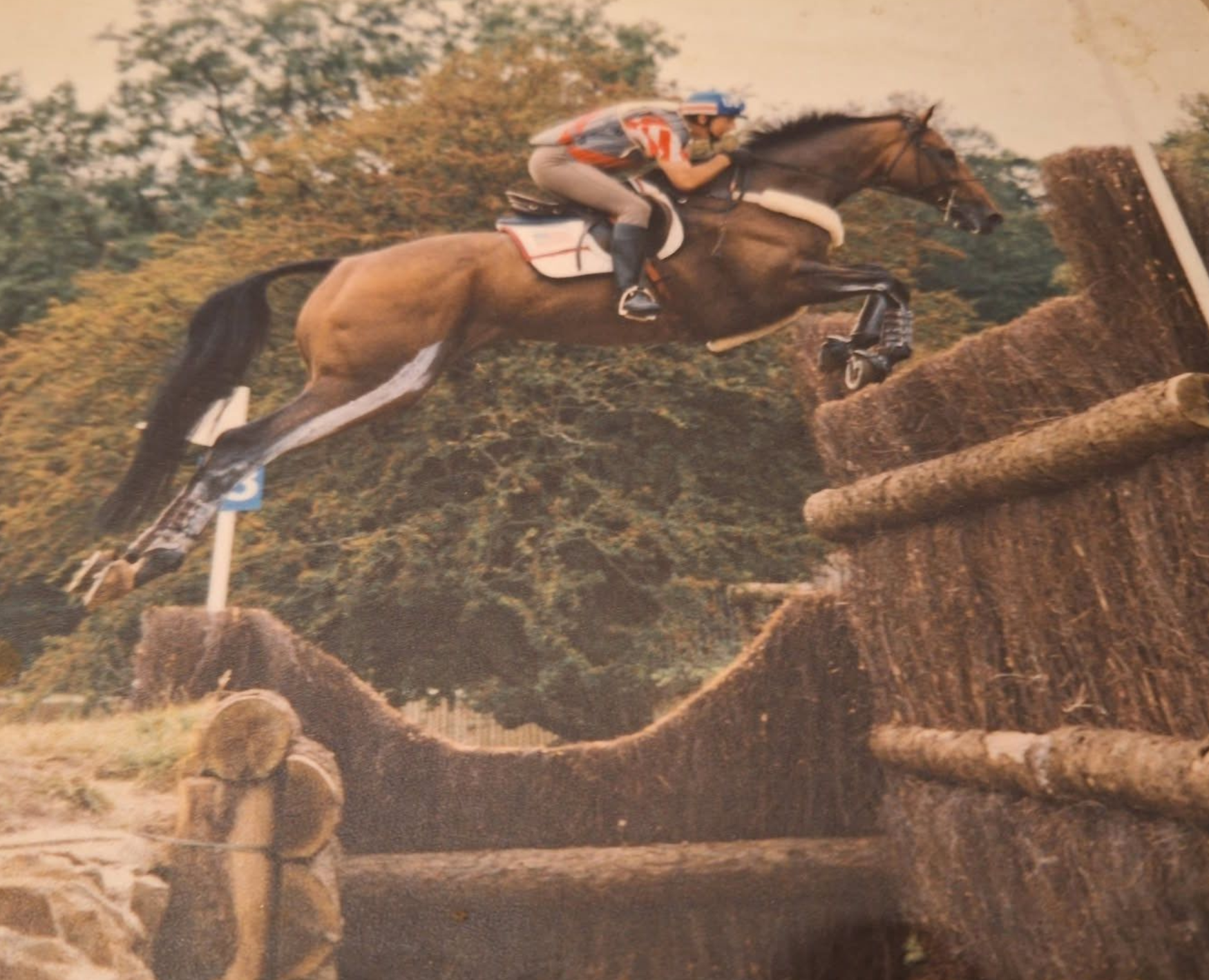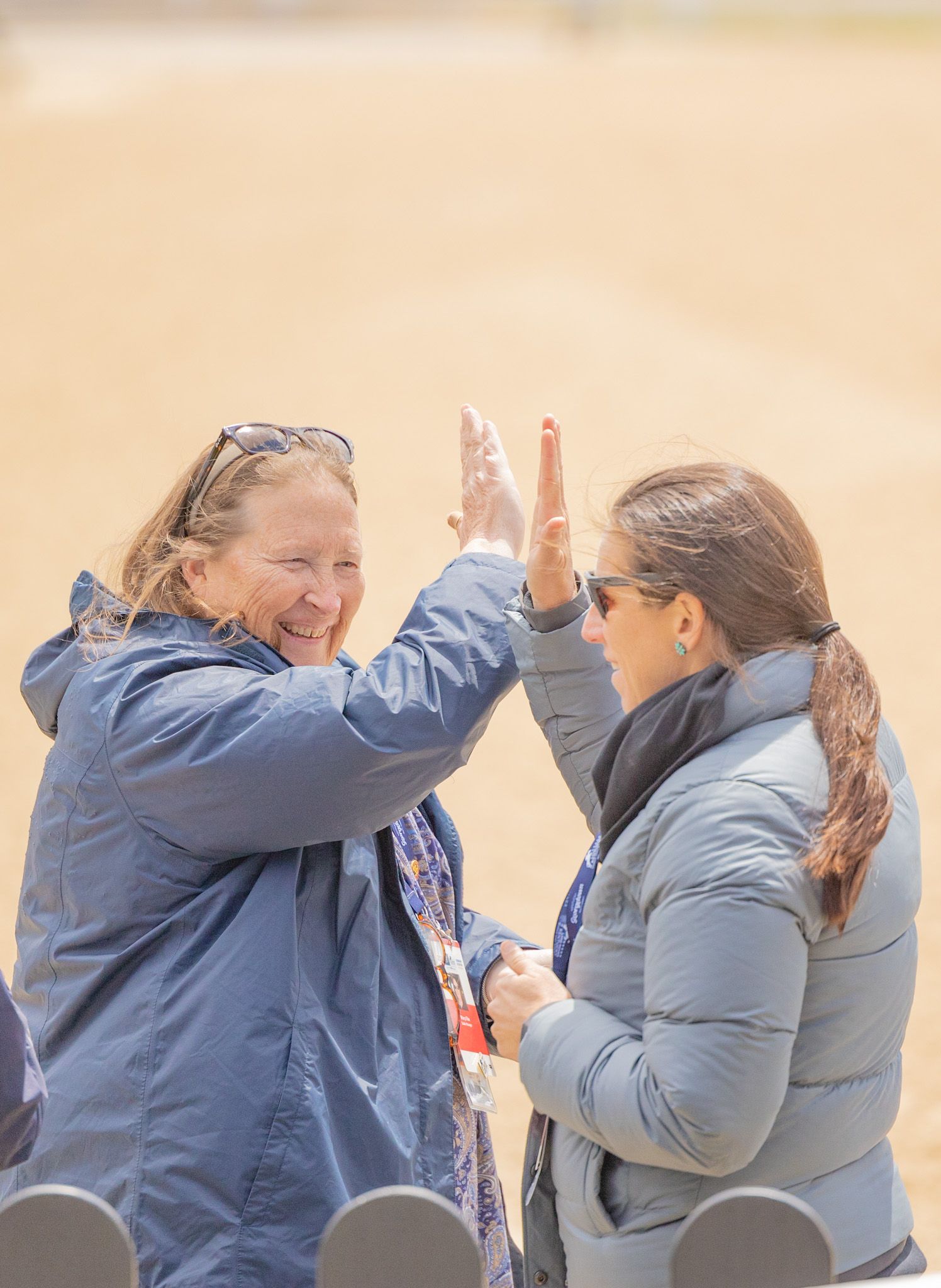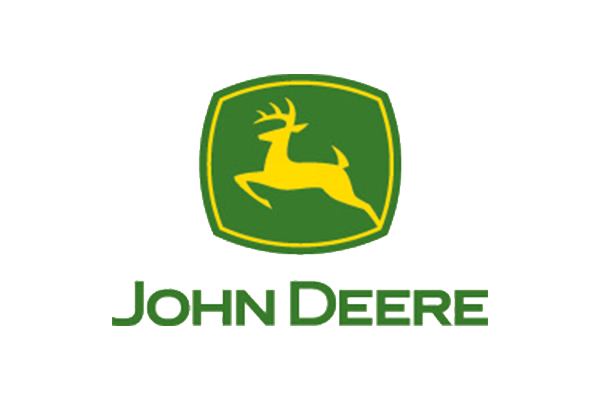A Beginner’s Guide to Show Jumping: What to Expect at the Kentucky International CSI5*
If you’re new to show jumping or just curious about what makes the Kentucky International CSI5* so exciting, you’re in the right place. This 5-star event, held at the Kentucky Horse Park, showcases top riders and horses worldwide competing under the lights in the Rolex Stadium. Show jumping is a fast-paced, high-stakes equestrian sport that combines speed, precision, and agility, and the CSI5* level represents the pinnacle of this discipline.
Let’s dive into some show jumping basics, the format, key terms, the scoring system, and why this sport is so thrilling to watch.
What is Show Jumping?
Show jumping is an equestrian event where horse-and-rider duos compete to complete a course of obstacles in the fastest time with the fewest faults. The goal is to clear each obstacle without knocking down poles, refusing a jump, or exceeding the allowed time limit. Unlike other equestrian sports, show jumping is scored objectively, which makes it easy for new fans to follow along.
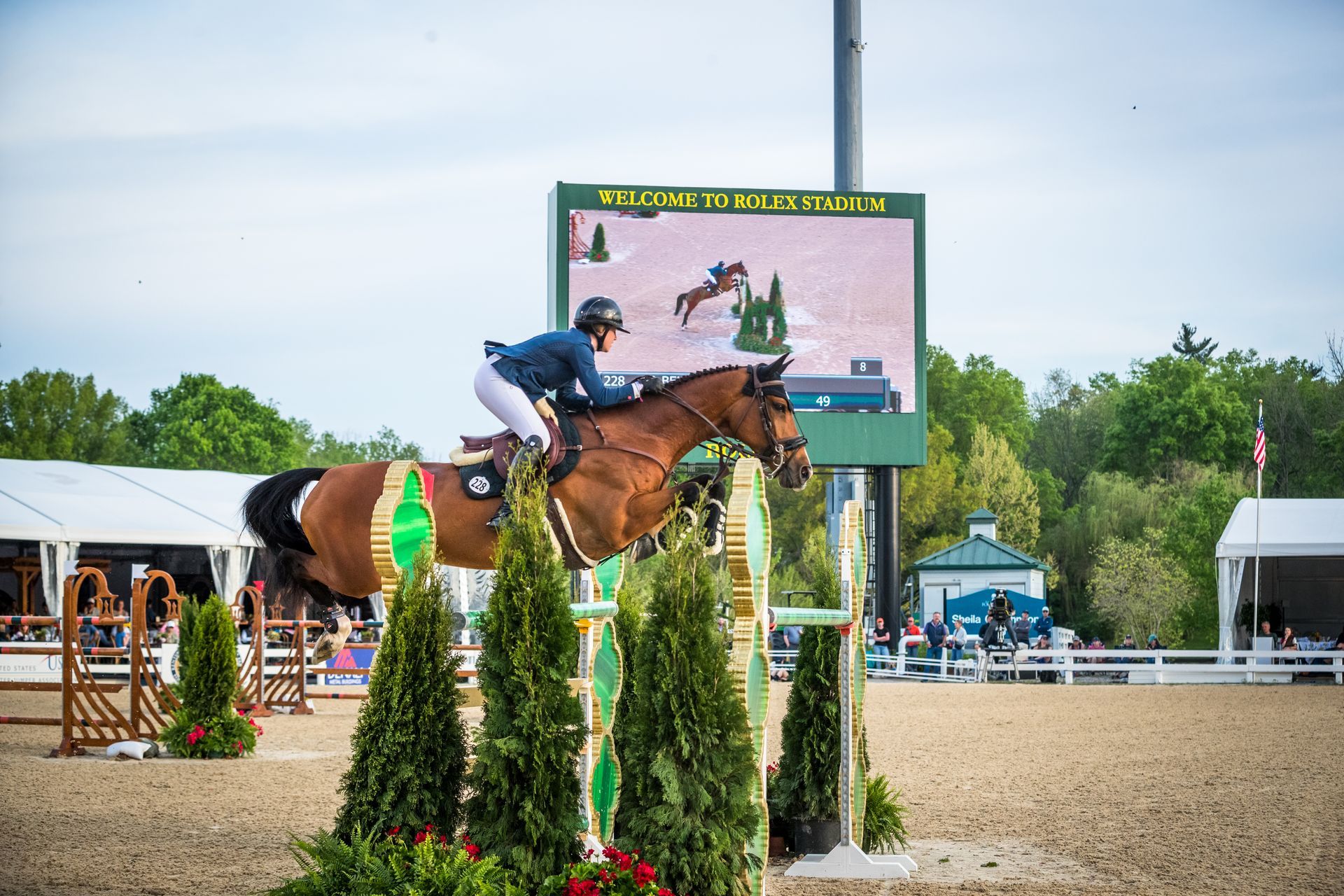
Key Show Jumping Terms to Know
Here are some common terms you’ll hear during a show jumping event:
- Clear Round: A flawless round where the horse and rider complete the course without any faults.
- Faults: Penalties incurred for errors like knocking down a rail, refusals (when a horse stops at a jump), or exceeding the time limit. Most faults add four penalty points to a rider’s score.
- Combination: Also known as a double or triple, a combination is a sequence of two or more jumps placed closely together, typically within one to four strides of one another. It requires the horse to jump consecutively, testing its strength, accuracy, and adjustability.
- Jump-Off: In two-round competitions, horse and rider combinations that go clear with no faults during the first round will move on to the jump-off. The jump-off is a shorter course where the fastest clear round wins. Faults and time determine the winner.
How Show Jumping is Scored
In show jumping, scoring is simple but strict:
- Faults are assessed for each pole knocked down, refusals, and time penalties.
- Knocking Down a Rail: Results in four faults.
- Refusal: If the horse stops before a jump, it results in four faults, and two refusals eliminate the pair.
- Exceeding Time Limit: The pair incurs a one-time fault for every second over the allowed time.
Riders aim to complete a "clear round" within the time allowed. If multiple pairs finish with a score of zero, they advance to the jump-off. In the jump-off, riders face a shortened, often more challenging course, and the fastest clear round wins.
What Makes Show Jumping So Thrilling?
Show jumping is a sport of precision, trust, and split-second decisions. Watching a skilled rider and horse tackle a course is mesmerizing: the perfect blend of athleticism and partnership. In top-level events like the CSI5*, the obstacles are higher (up to 1.60 meters) and more technically demanding, making it thrilling to see which pairs can handle the pressure.
The Kentucky International CSI5* is even more exciting because it’s held in the evening, creating an electric atmosphere under the lights of the Rolex Stadium. As riders navigate challenging combinations and tight turns at speed, every jump will keep you on the edge of your seat to see who completes the course best. The cheering crowd, the riders' intense focus, and the horses' sheer athleticism make every second feel intense and unforgettable.
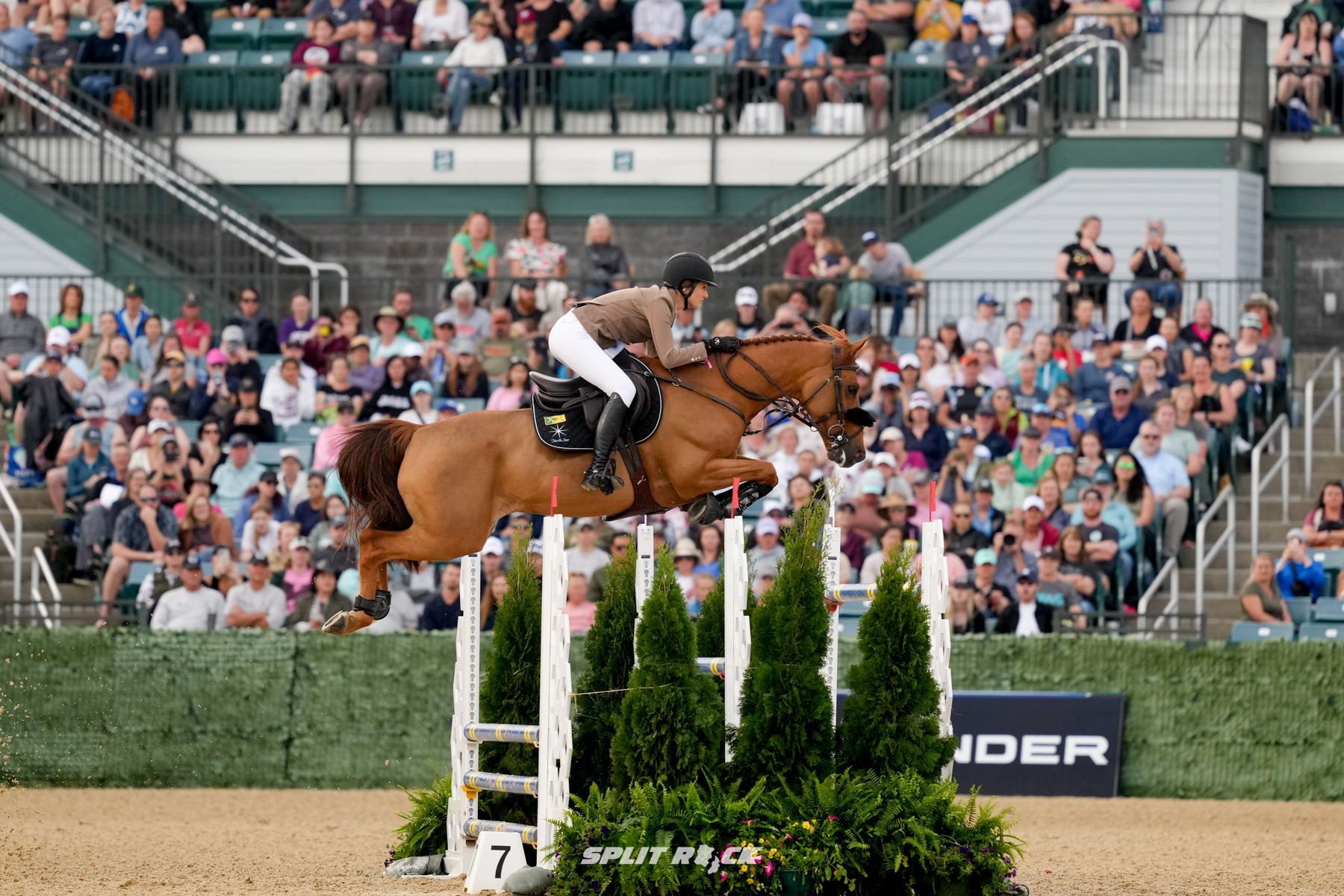
Understanding the Types of Jumps in Showjumping
Each jump type presents unique challenges, making the competition as exciting as it is unpredictable. Let’s break down some of the most common jumps you’ll encounter in a showjumping arena:
Vertical
A vertical is one of the simplest and most common jumps in showjumping. It consists of a single row of poles stacked vertically, creating a straight, upright fence. Since there’s no width to the obstacle, the challenge lies in clearing the height without knocking any poles down. Precision and timing are crucial for verticals, especially as they often appear in combinations with other jump types.
Oxer
An oxer, also known as a spread jump, features two verticals placed closely together to create a jump with both height and width. Riders must focus on generating enough power for their horse to clear the spread while maintaining careful control to avoid touching the rails. Oxers come in variations such as square oxers (both verticals are the same height) and ascending oxers (the second vertical is higher than the first).
Swedish Oxer
A Swedish oxer is a visually striking jump with the poles set diagonally, forming an X shape when viewed from the front. This unique design adds an optical challenge for both horse and rider, requiring precise approach angles and a confident takeoff. The Swedish oxer is as beautiful as it is tricky, making it a favorite for course designers.
Triple Bar
The triple bar is the widest jump in showjumping. It consists of three ascending bars, creating a ramp-like effect. Horses need significant power and momentum to clear the full width of the obstacle. Riders must carefully balance speed and control to avoid penalties, making the triple bar a true test of skill and athleticism.
Liverpool
A Liverpool jump incorporates a shallow water tray beneath the poles, adding an extra visual element to the obstacle. The sight of water can be intimidating for some horses, so riders must build their confidence during the approach. Liverpool jumps test a horse’s bravery and adaptability, often resulting in spectacular leaps.
Why These Jumps Matter
Each type of jump contributes to the technical complexity of a showjumping course, pushing both horse and rider to perform at their best. From the precision required for a vertical to the power needed for a triple bar, the variety of jumps showcases the athleticism and partnership between horse and rider.
What Makes Show Jumping So Thrilling?
Show jumping is a sport of precision, trust, and split-second decisions. Watching a skilled rider and horse tackle a course is mesmerizing: the perfect blend of athleticism and partnership. In top-level events like the CSI5*, the obstacles are higher (up to 1.60 meters tall and 2 meters wide) and more technically demanding, making it thrilling to see which pairs can handle the pressure.
The Kentucky International CSI5* is even more exciting because it’s held in the evening, creating an electric atmosphere under the lights of the Rolex Stadium. As riders navigate challenging combinations and tight turns at speed, every jump will keep you on the edge of your seat to see who completes the course best. The cheering crowd, the riders' intense focus, and the horses' sheer athleticism make every second feel intense and unforgettable.
What to Expect at the Kentucky International CSI5*
Whether you’re a first-time spectator or a lifelong fan, the Kentucky International CSI5* promises an experience unlike any other. Here’s what you can look forward to:
- Electric Atmosphere: The stadium lights, vibrant crowd, and skilled announcers create an immersive experience.
- Top Riders and Horses: CSI5* events attract some of the world’s best competitors, including Olympic and World Champion riders.
- Exciting Courses: These courses are as challenging as they are beautiful, with precise lines, tight turns, and creative combinations that test the skill of both horse and rider.
Ready to Watch the Action?
The Kentucky International CSI5* is a perfect opportunity to dive into the world of show jumping, with seasoned fans and newcomers alike appreciating the skill, thrill, and teamwork that define this sport. Tickets are available now, so secure your spot and get ready to be part of this unforgettable event!
2025 Event Schedule
Join us for an action-packed week with events scheduled each evening at 6 p.m. in the Rolex Stadium at the Kentucky Horse Park:
- April 23 – 1.45m Special Phase Two: $35,000 prize
- April 24 – 1.50m Welcome Grand Prix Qualifier: $75,000 prize
- April 25 – 1.45m Speed Cup: $35,000 prize
- April 26 – 1.60m Kentucky International CSI5* Grand Prix: $400,000 prize
Whether you’re watching for the athleticism, the excitement, or just to enjoy a thrilling evening out, the Kentucky International CSI5* is an event worth experiencing. We hope this guide helps you feel ready to enjoy every moment of this world-class competition!
